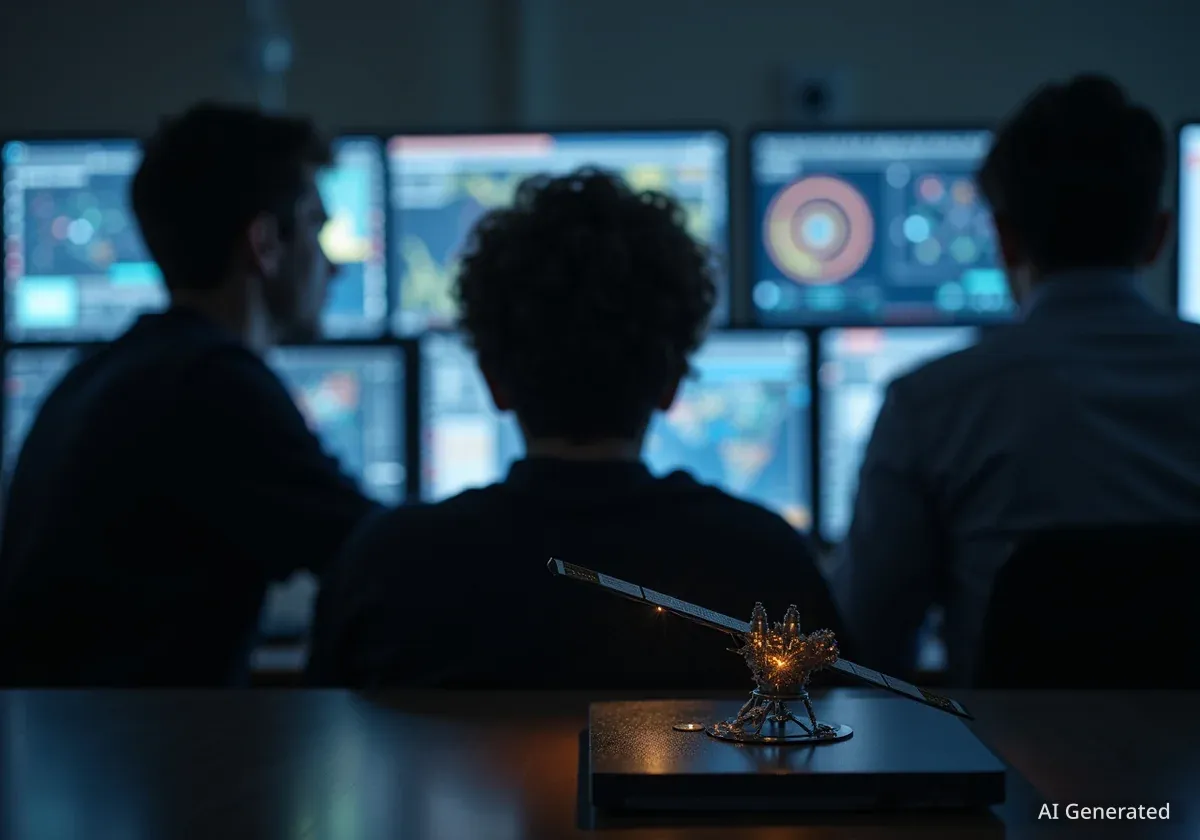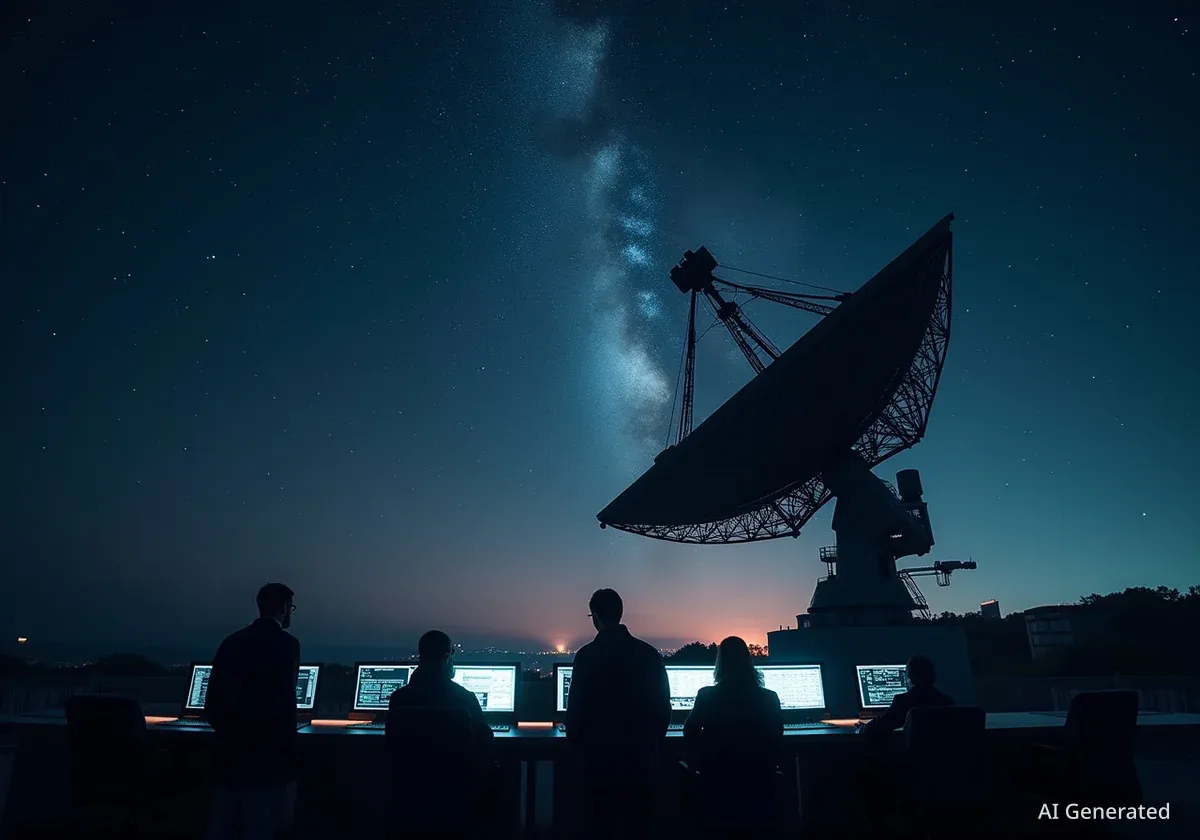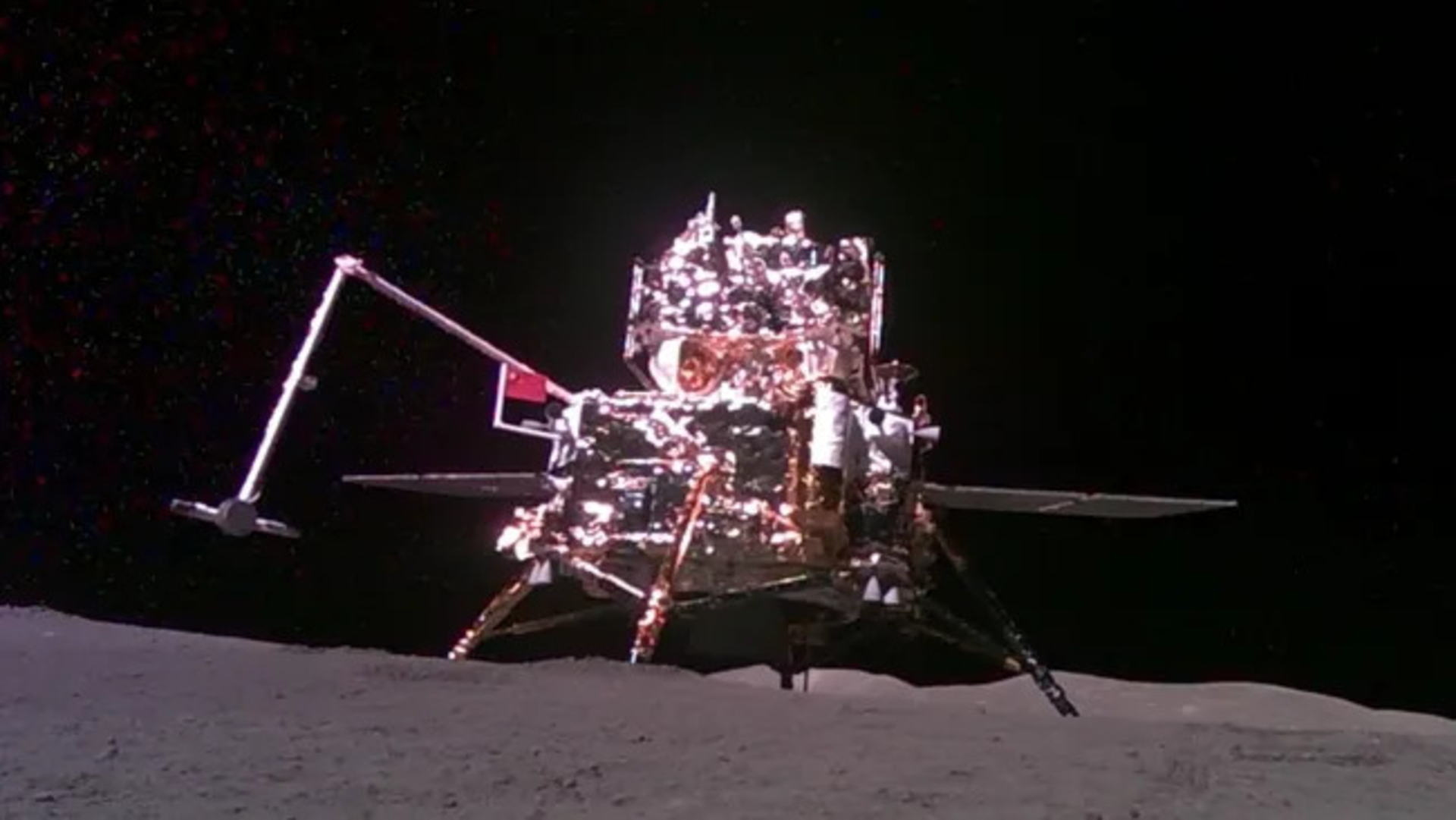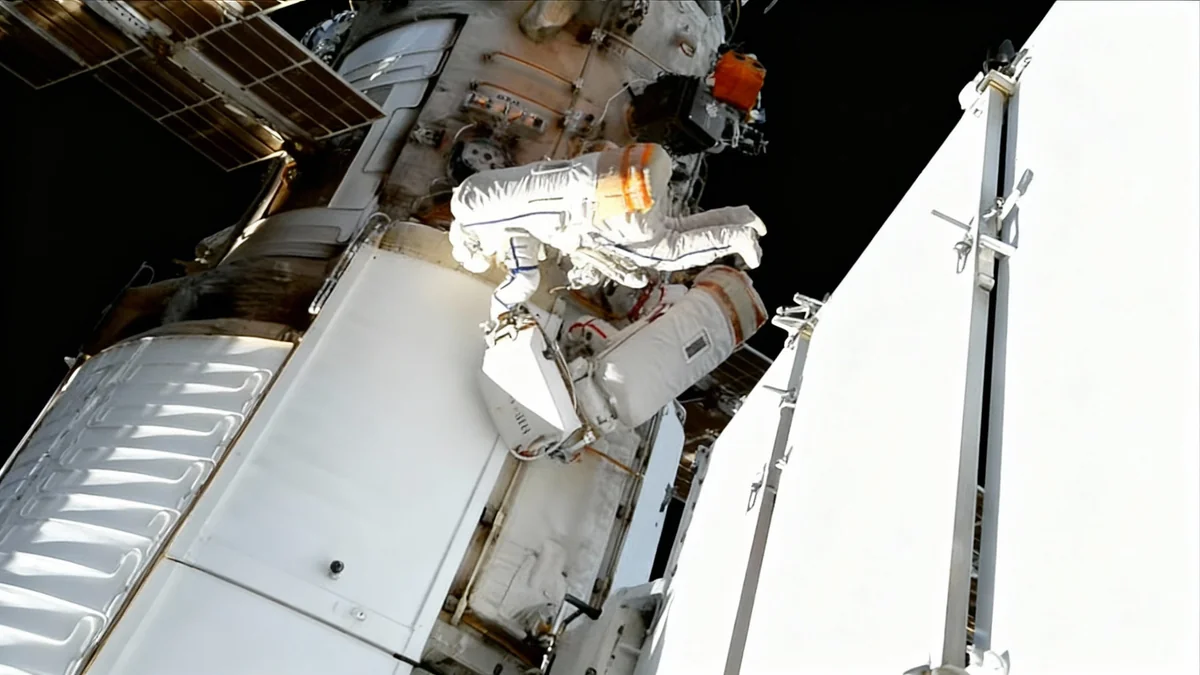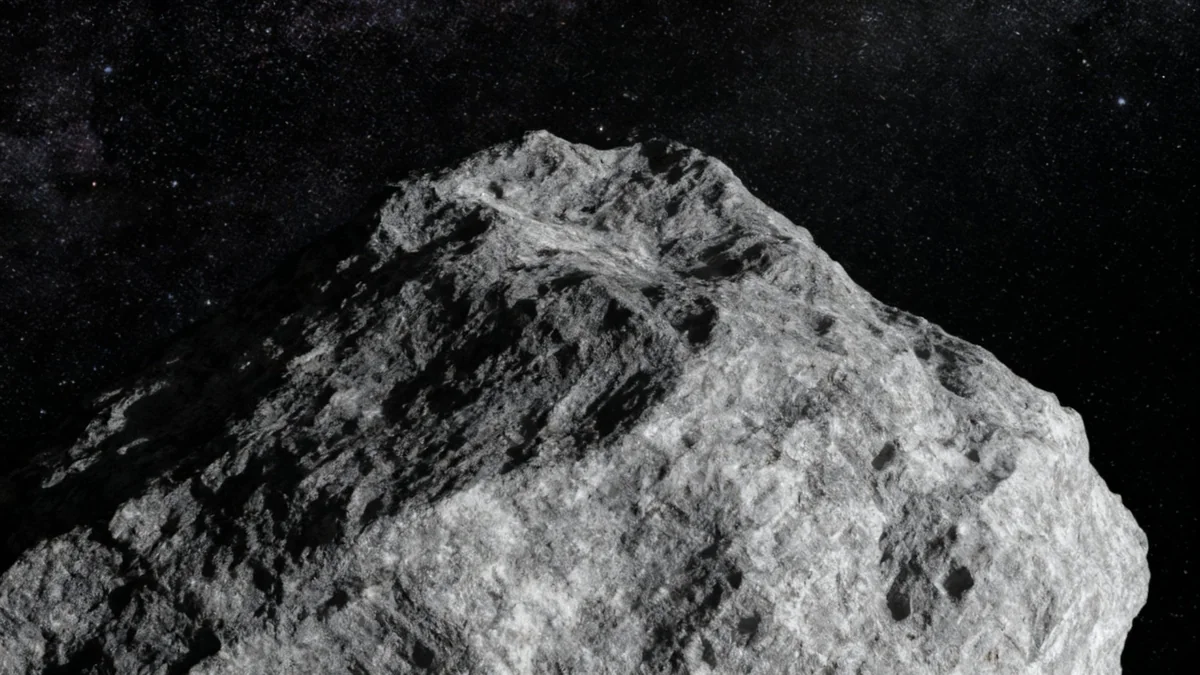The University of Alabama is strengthening its position as a key contributor to space science and exploration, with faculty and students involved in major NASA missions, advanced software development, and the search for distant planets. As the world marks World Space Week, the university's diverse programs highlight its expanding influence in astrophysics, aerospace engineering, and STEM education.
Key Takeaways
- University of Alabama researchers are leading instrument development for NASA's Europa Clipper mission to study Jupiter's moon.
- The university developed a critical software toolkit used by NASA to design trajectories for missions to icy worlds.
- Faculty members are using data from the James Webb Space Telescope to discover and analyze planets outside our solar system.
- A student-led program, UASPACE, is building its second satellite, BAMA-2, scheduled for a 2026 launch through a NASA initiative.
Probing the Moons of Our Solar System
Researchers at the University of Alabama are playing a direct role in some of the most anticipated missions within our solar system. Their work focuses on understanding the complex environments of Jupiter and Saturn, which could hold clues about the potential for life beyond Earth.
World Space Week Significance
Observed annually from October 4-10, World Space Week commemorates two pivotal moments in space history: the launch of Sputnik 1 on October 4, 1957, and the signing of the Outer Space Treaty on October 10, 1967. The week aims to promote education and international cooperation in space exploration.
The Europa Clipper Mission
Dr. Hunter Waite, a professor in the department of physics and astronomy, is at the forefront of the search for habitable environments. He serves as the science lead for the mass spectrometer on NASA's Europa Clipper mission. This spacecraft is currently en route to Jupiter's moon Europa.
The mission's primary objective is to investigate whether Europa's vast subsurface ocean has the conditions suitable for life. Dr. Waite's instrument will analyze the chemical makeup of particles in the moon's thin atmosphere and any plumes that may erupt from its surface, providing direct data on the ocean's composition. His research also involves analyzing data from past missions to Jupiter and Saturn to study their ionospheric electrodynamics, which is the interaction of electric and magnetic forces in their upper atmospheres.
Engineering for Deep Space Travel
Mission success depends not only on scientific instruments but also on advanced engineering. Dr. Rohan Sood, from the department of aerospace engineering and mechanics, specializes in designing efficient spacecraft trajectories for complex missions.
His Astrodynamics and Space Research Laboratory developed the Astrodynamics Software and Science Enabling Toolkit (ASSET). This platform was created as part of a NASA-sponsored award for Icy Worlds Missions. ASSET helps mission planners design complex flight paths, making ambitious missions more feasible. According to the university, the toolkit is now used by multiple NASA centers, federally funded research entities, and other academic institutions. Dr. Sood's lab also provides support to the U.S. Space Force and Air Force, contributing to national space innovation.
Searching for Worlds Beyond Our Sun
While some UA researchers look within our solar system, others cast their gaze toward distant stars, hunting for exoplanets—planets orbiting stars other than our Sun. This field relies heavily on computational power and sophisticated data analysis.
A Universe of Data
The James Webb Space Telescope (JWST), a key tool for UA astronomers, can detect the faint light passing through the atmospheres of exoplanets. By analyzing this light, scientists can identify the chemical elements present, such as water vapor, methane, and carbon dioxide, offering clues about a planet's climate and potential habitability.
The Modern Planet Hunter
Dr. Katia Matcheva and Dr. Samuel Grunblatt are leading the university's efforts in exoplanet research. Dr. Matcheva emphasizes that modern astronomy is far from simple stargazing.
“Modern astronomy is highly computational,” Matcheva stated. “It involves a lot of high-level statistics and mathematics.”
She uses advanced computational tools to analyze spectroscopic data from space-based and ground telescopes. This process allows her to extract detailed information about the chemical composition and physical characteristics of exoplanets, essentially dissecting their atmospheres from light-years away.
Understanding Our Place in the Cosmos
Dr. Grunblatt's research seeks to answer one of science's most profound questions: Is our solar system unique? He studies sub-giant and red giant stars, which represent the future evolutionary stages of our own Sun. By understanding the planetary systems around these older stars, scientists can predict the eventual fate of Earth and its neighbors.
“I think one of the most pressing questions facing scientists who study space is understanding whether our solar system is unique,” said Grunblatt.
In 2024, Dr. Grunblatt led a team that discovered a new exoplanet. He and other scientists hope that with the power of the James Webb Space Telescope, they can learn more about the atmospheres of Earth-like planets and determine whether the conditions that allowed life to flourish here are common or exceptionally rare in the universe.
Fostering the Next Generation of Space Innovators
The University of Alabama also provides extensive hands-on opportunities for students, ensuring a steady pipeline of talent for the aerospace industry and scientific research. These programs move learning from the textbook to practical, real-world applications.
Building Satellites on Campus
The student club UASPACE gives undergraduates and graduates direct experience in spacecraft design and construction. As part of NASA’s CubeSat Launch Initiative, the club builds small satellites, known as CubeSats, that are launched into orbit on NASA rockets.
This program offers students invaluable experience with flight hardware development, from initial concept to final assembly. The team is currently developing its second satellite, BAMA-2, which is projected to launch in late 2026. This project provides a complete mission lifecycle experience, a rare opportunity for students.
A Window to the Universe
For those interested in observational astronomy, the university operates a rooftop observatory at Gallalee Hall, home to the physics and astronomy department. This facility is not just for students in the department; it also serves the wider community.
The astronomy group regularly hosts public viewing nights, allowing campus members and local residents to look through the telescopes and appreciate celestial objects firsthand. These events serve as an important outreach tool, inspiring public interest in space and making the cosmos more accessible to everyone.

